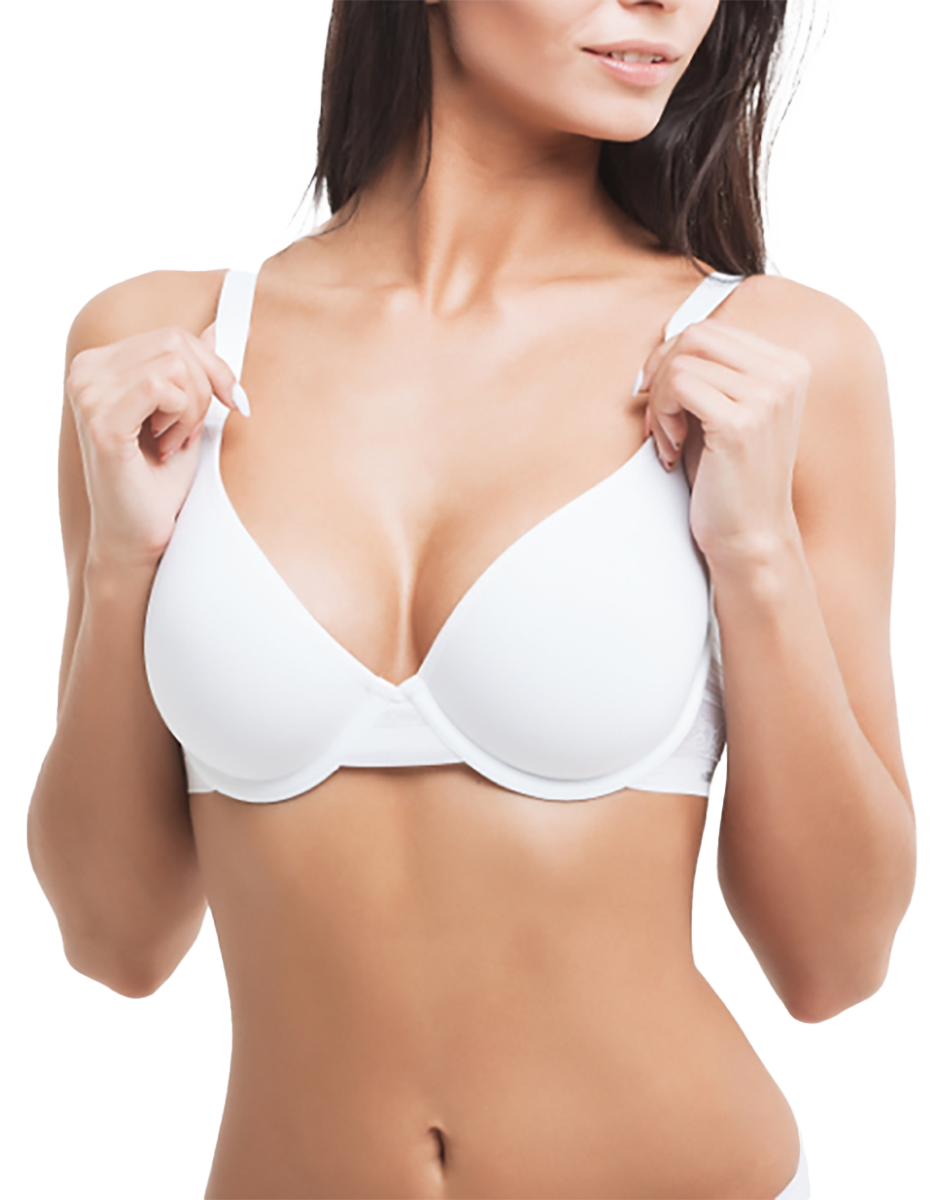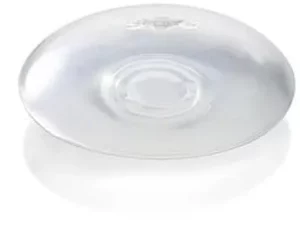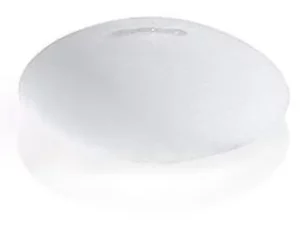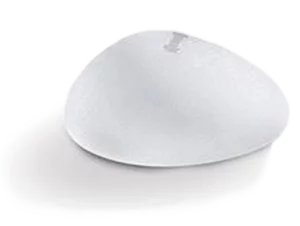
Allergan Diamond Status
Top 3% Of Plastic Surgeons In The Nation.
Google / Yelp / RealSelf
4.9 Star Rating / 515 Reviews
Highest Antibacterial Standards
One of the lowest rates of infection after surgery in the world.
1,000s Of Surgerys
One of the lowest rates of infection after surgery in the world.
Alpha Omega Alpha Award
Top 10% Of Medical Students In The Nation

Saline breast implants are filled with a sterile saltwater solution similar to the fluid that makes up most of the human body.
I will review everything you need to know about saline implants in this section. First it is important to know that all implants are made with an outer covering, or shell, made of silicone. It’s what is inside that shell that matters. In the case of saline implants, the inside is filled with saline, or salt water. Silicone implants are filled with silicone. Saline implants are categorized according to three features. This includes the texture of the outer shell (smooth vs textured), the style or shape of the implant, and the amount of saline it can hold (its volume). Each one will be discussed here.
TEXTURE
The first category is the texture. Implants can have a surface that is smooth or textured. Smooth saline implants have a surface that feel smooth like a balloon. This is, by far, the most commonly used type of saline implants. Textured saline implants, on the other hand, have a surface with a rougher texture. Some people have described it as feeling like fine sandpaper and others have described it as having a velvety feel. These implants have microscopic bumps on the surface which give it a textured feel.

Photo credit: https://www.azbreasts.com/breast-implants/saline/
Smooth Saline Implant
Textured implants were created in an attempt to reduce the chance of capsular contracture, which is hardening of the scar around the implant. Some studies have shown that it does decrease the risk of capsular contracture. Other studies show that it does not. At the moment, there is no definitive proof that textured implants reduce the risk of capsular contracture.
One disadvantage of textured implants is that it can cause visible rippling and dimpling on the surface of the breast skin. The textured surface may cause a stronger attachment to the under surface of the breast skin resulting in these visible irregularities. Given this risk, and given the fact that is has not been proven to decrease capsualr contracture, few surgeons choose to use textured saline implants.

Textured Saline Implant
STYLE (SHAPE)
Saline implants can be further categorized by their style. This refers to the shape of the implant. Saline implants come in a variety of shapes and each one was designed to achieve a slightly different type of result. These shapes include a low profile, moderate plus profile, high profile, extra high profile, and a “shaped” or anatomic profile. The low profile implants are usually called “moderate” profile.

The picture above will explain the significance of the different shapes. These are the 4 basic shapes of implants (the anatomic shape implant will be discussed in a separate section). Every implant has a measurement for its diameter (how wide it is), projection (how much it “sticks out”), and the volume (its size or how much saline it holds in cc’s.) These are listed in the columns under the picture of each implant. If you look at the first column for each implant above, you will notice that the diameter, or width, of the implants are all very similar. They are 12.2, 11.9, 12.0 and 11.9 cm. respectively. These widths only vary by about 0.3 cm (or 3 mm) which is negligible. So, it is fair to say that these 4 implants are all basically the same width.
Although the implants are all the same width, you can clearly see that they are very different from one another. What makes them so different? It is their shape. If you look at the other two columns under each picture, you will see measurements listed for the implant’s projection and its volume. If you look carefully at these columns, you will see that as the profile increases, the projection and the volume increases. In fact, the volume increases tremendously from 270 cc for the low profile implant to 500 cc for the high profile implant, even though the width stays the same! You can also see that the implant gets much rounder as the profile increases. In summary, the higher the profile of the implant, the more volume it can hold in the same width and the rounder it becomes.
Why is this important? The reason it is important is because each of these implants was designed to create a slightly different kind of result. A low profile implant (also called a moderate profile implant) will create a wider breast with a small amount of extra projection. This implant style is rarely used. The moderate plus profile, on the other hand, is the most common implant used. This is because it tends to create a very natural breast augmentation result. The gentle curvature of the implant tends to create a “tear drop” shape to the breast when a woman is standing. This is considered a natural result. The high profile implant tends to create a very round shape to the breast. This is a good implant for someone who wants maximum size and roundness. This tends to be less natural looking than the moderate plus profile implant. The extra high profile is rarely used. It creates an exaggerated result and causes tremendous pressure on the breast skin and on the rib cage below the muscle. It is not routinely recommended.
As mentioned above, each implant style or shape was created to give a certain kind of result. Moderate profile (low), moderate plus, high and extra high have been discussed. There is another option available. It is referred to as the shaped, or anatomic, implant.

Textured Saline Implant
The shaped implant was designed to create the most natural breast shape possible. The implant is shaped to have a “tear drop” shape built into the implant. That is, it is thinner at the top and fuller at the bottom. This is also called an anatomic shape.
VOLUME
Implants are also categorized by their volume. Volume refers to how much saline (salt water) the implant contains. Saline implants are empty when they are packaged into sterile containers for delivery. They are filled with saline only after being opened in the operating room during surgery.
The amount of saline the implant can contain is measured in cc’s, which is the same as milliliters (ml). Implants do not come in cup sizes. That is why there is no way to say how many cc’s you need to be a certain cup size bra. The amount of cc’s you need to be a certain cup size will vary depending on many factors such as your height, weight, how much breast tissue you have to begin with, the current width of each of your breasts and the style or shape of implant you choose.
Each saline implant can be filled within a range of cc’s. The range usually varies by about 30-50 cc. For example, a 350 cc moderate plus profile saline implant made by one manufacturer can be filled anywhere from 350 cc’s to 380 cc’s. Every implant can be filled to a minimal amount and a maximal amount. If, for example, the 350 cc implant is filled to 350 cc’s, then it is said to be filled to it’s “minimal” amount. If an implant is filled more than it’s minimal amount, it is said to be “overfilled.” If it is filled to 380 cc’s, then it is said to be filled to its “maximal” amount. An implant should never be filled more than it’s maximal amount.
Although there is no conversion of cc’s to cup sizes, there are some general guidelines. During your consultation, Dr. Diaz will review all implant size options and will describe in detail how many cc’s you will need to achieve your desired result. In addition, he will use the Vectra 3D System to show you what each implant size will look like on you specifically.
ADVANTAGES AND DISADVANTAGES
Saline implants, like everything, have their advantages and disadvantages. Saline implants are filled with salt water, which some people prefer. Saline implants can be filled within a range of cc’s. This allows the surgeon slightly more flexibility in sizing during surgery. Saline implants are less expensive products than silicone implants. Therefore, the cost of surgery with saline implants may be less than the cost with silicone implants.
However, saline implants tend to feel firmer than silicone implants. Many people prefer the feel of silicone implants to saline implants. Saline implants also have a higher risk of rippling than silicone implants. When rippling occurs, patients may see and feel some wrinkling of the implant, especially along the bottom of their breasts. This may be worse with textured saline implants.
SUMMARY
In summary, all implants can be organized into several categories. The surface of the implant can be smooth or textured. Implants come in a variety of styles or shapes. These include the moderate (low) profile, the moderate plus profile, the high profile and the extra high profile. Implants also come in a shaped profile. Each style or shape was designed to create a specific kind of result. Implants also come in a range of volumes, measured in cc’s. All implants have their specific advantages and disadvantages.
The implant you choose will depend on many factors. During your consultation with Dr. Diaz, he will guide you step by step through the entire process in order to help you pick the implant which will give you the result you desire.
About Dr. John Diaz
Dr. John Diaz is an Ivy League graduate from Cornell University. He received a scholarship to attend the prestigious Albert Einstein College of Medicine in New York. Dr. Diaz graduated medical school with the highest honors and for this he received the Alpha Omega Alpha Award, which is given to only the top 10% of medical students in the country.
He completed his training in Plastic and Reconstructive Surgery in N.Y.C. where he had the privilege of working alongside some of the most famous plastic surgeons in the world. Dr. Diaz is a published author of articles on plastic surgery. He received a degree with Distinction in Plastic Surgery Research for his work.
He has received awards from the New York Regional Society of Plastic Surgery, Montefiore Medical Center and the Albert Einstein College of Medicine. Dr. Diaz is a medical staff member of the renowned Cedars Sinai Medical Center in Los Angeles, CA and has a private practice in Beverly Hills. He is the Past President of the Los Angeles Society of Plastic Surgeons and has presented lectures on plastic surgery throughout the United States.
He has been featured as a plastic surgery expert on a variety of television programs including CNN, Dr. Drew’s Lifechangers, and HLN, to name a few.
Dr. John Diaz is a board certified plastic surgeon in Beverly Hills, CA
![]()
![]()
![]()



![]()

PATIENT REVIEWS
ALMOST 20 YEARS OF EXPERIENCE. THOUSANDS OF HAPPY PATIENTS.
HUNDREDS OF FIVE STAR REVIEWS.
HIGHEST OVERALL RATED PLASTIC SURGEON IN LOS ANGELES
Media
DR. JOHN DIAZ IS ONE OF THE TOP PLASTIC SURGEONS IN LOS ANGELES.

LA Magazine just recognized Dr. John Diaz as one of the best plastic surgeons in Beverly Hills and Los Angeles. He has also published a book entitled Comprehensive Guide to Breast Augmentation.
DR. DIAZ ON INSTAGRAM

